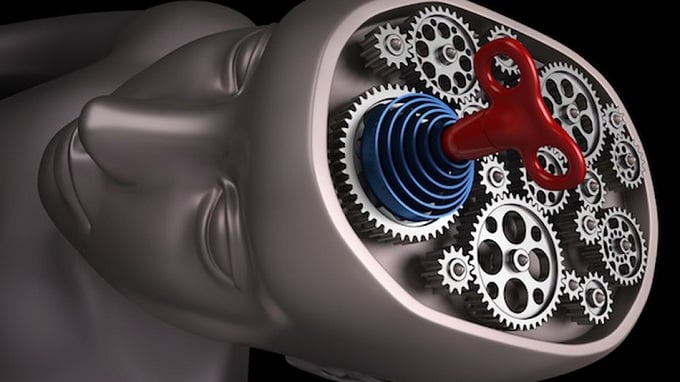Your future smartphone getting ready to use ‘Brain passwords’. To ensure better security of phones from hackers, scientists have developed a security system that identifies a person by reading their brainwaves while responding to a series of pictures.
Researchers chose specific image types to stimulate every brain region using animal pictures for the intraparietal sulcus because one’s memory of a certain animal is expected to be highly individualised. For instance, a person who had suffered a spider bite will have a different reaction than someone who has not this experience.
Because we can’t grow a new fingerprint or iris if that information is divulged, we’re developing a new type of password – to measures your brainwaves in response to a series of pictures. Just like a password, it’s easy to reset; and easy to use like a biometric says Wenyao Xu, an assistant professor at the University at Buffalo (UB) in the US.
The “brain password,” would require users to wear a headset, and it could have implications in banking, law enforcement, airport security and many other areas.
To Zhanpeng Jin, an associate professor at UB, this is the first in-depth research study on a truly cancelable brain biometric system referred as ‘hard cancellation,’ meaning the original brain password can be reset sans divulging the user’s identity.
Must Read: Hour-long videos are coming to Instagram very soon
Perhaps one of the most accessible way to record brain activity is through electroencephalography using electrodes to measure the brain’s unique patterns of electrical activity.
Researchers reconfigured a virtual reality headset with typically 32 to 64 electrodes, for their system to reduce the number of electrodes to six. 3 record brain activity, 2 serve as grounds and the last one acts as a reference point.
The electrodes recording brain activity measure 3 areas of the organ: the intraparietal sulcus to control declarative memory; the inferior parietal lobule to process face recognition and the temporo parietal junction to read comprehension.
For the inferior parietal lobule, researchers rely on recognisable celebrities like Leonardo DiCaprio. For the temporo parietal junction, they use encouraging phrases like “aspire to inspire.”
Users are shown the 3 images in rapid succession -1.2 sec to be exact. The process is repeated 3 additional times. By the end of the 4th time, after 4.8 secs, the brain password gets ready.
To test the brain passwords, researchers recruited 179 adults and test subjects’ average age was 30.
Researchers collected data from three sessions, including one occurring five months after the original test. The goal of the last test was to see how brain passwords has functioned over time.
Overall, brain passwords were more than 95% effective. The performance dipped slightly, by 1%, on the last test.
As several smartphones of today include facial recognition, fingerprint scans and other biometric systems, the trouble with these easy-to-use tools is that once they are compromised can not be reset and this new tech is aiming at better replacement of the old one.




